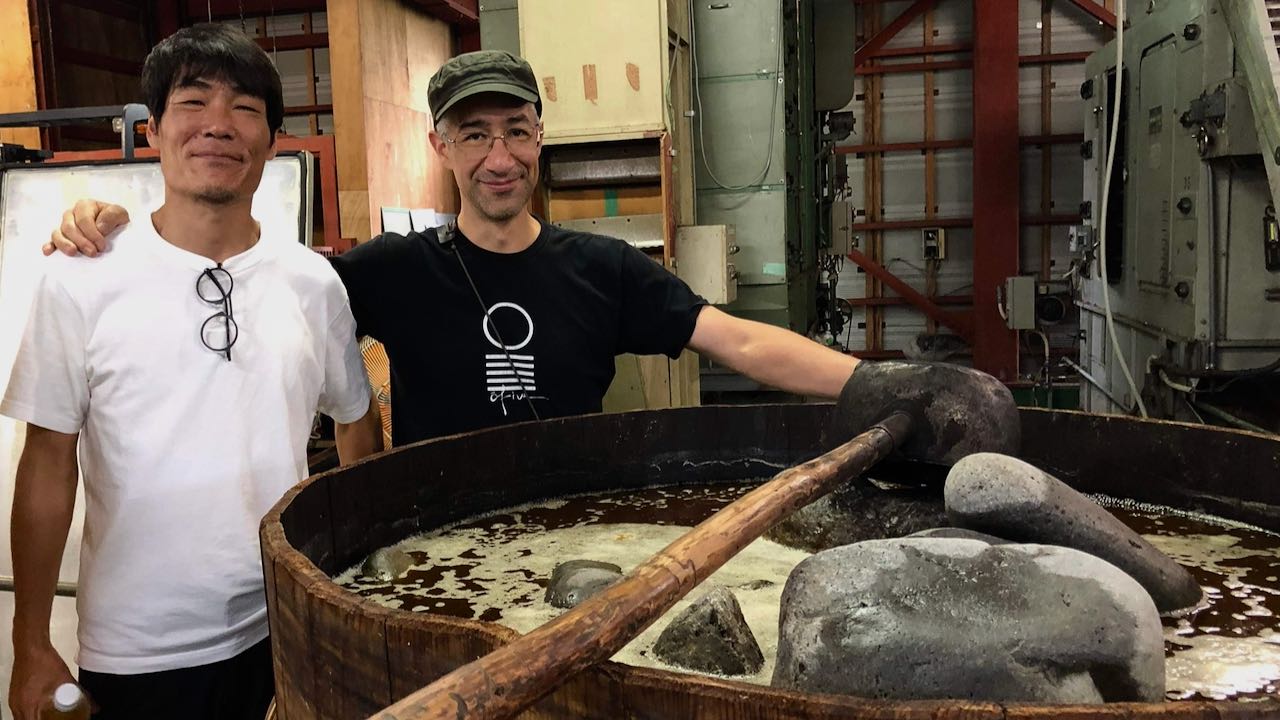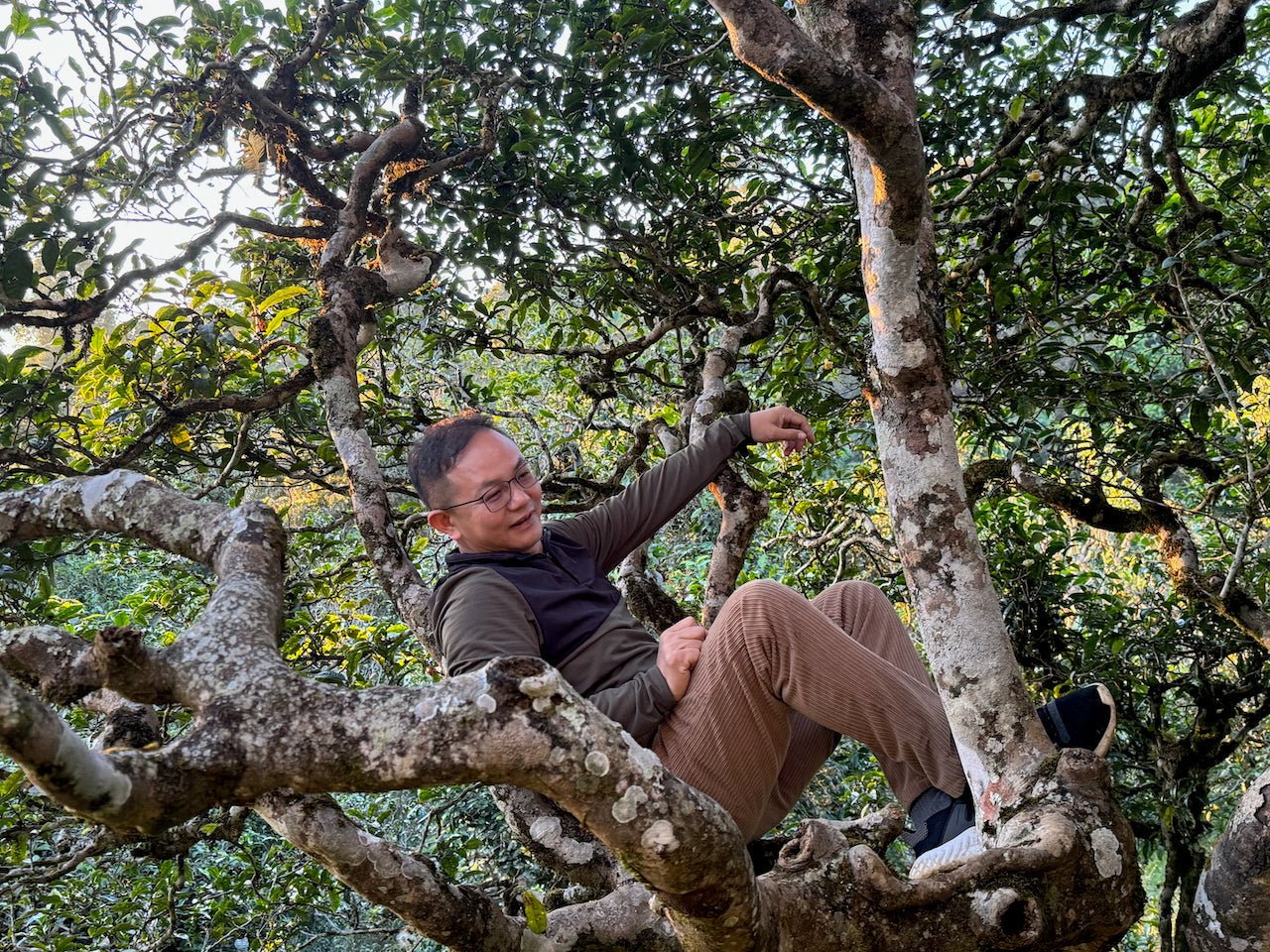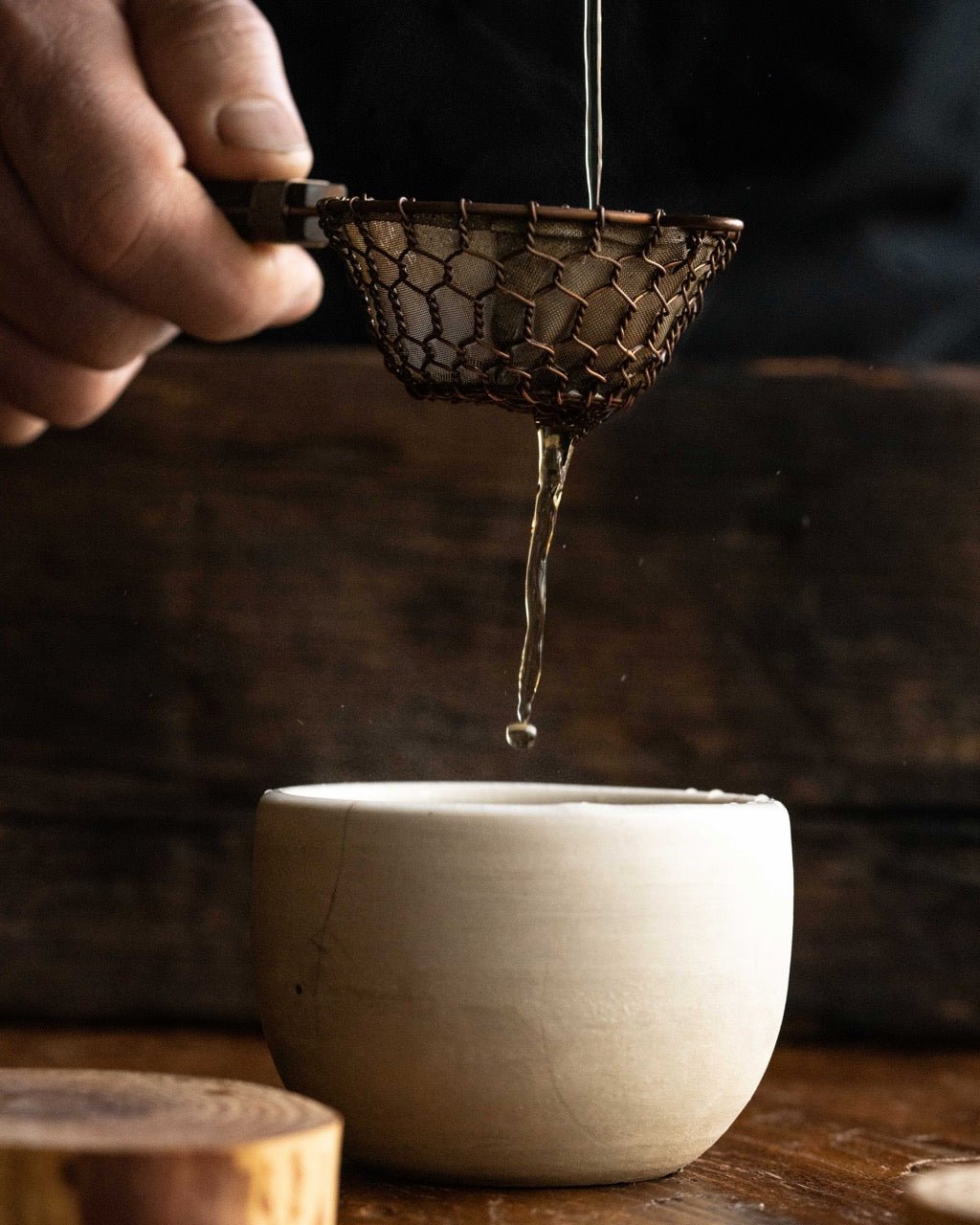PROBIOTIC TEA | Delicious Brews from Anaerobically Fermented Tea Leaves

Have you tried probiotic tea? In the extremely diverse universe of Camelia sinensis leaves, there are just a few examples of teas that contain probiotics. Please note: probiotic teas tend to offer a very different flavour experience (vs. the most common morning brews). At our tea bar, we find many of them to be delicious!
Important clarification: in this article, we focus on 'probiotic tea' (anaerobically fermented Camelia sinensis, to be brewed in water), not about kombucha (an infusion of tea and sugar that is fermented with a 'SCOBY' over a few weeks).
MOST IMPORTANT MESSAGE: these teas are delicious!!!! The leaves may not look too pretty, but the brew is fantastic. When you have a chance, please try some!

What is a Probiotic?
The Mayo Clinic defines probiotics as: "foods or supplements that contain live microorganisms intended to maintain or improve the "good" bacteria (normal microflora) in the body."
Which Teas Are Probiotic?
The probiotic teas that we've encountered are fermented anaeriobically (i.e. in an aqueous environment) over a few weeks, before the leaves are dried. We are familiar with four examples from Japan's Shikoku Island (Kamikatsu Awa Bancha, Naka Awa Bancha, Goishi Cha, and Ishisuchi San Kuroka) and a fairly elusive example from China's Yunnan Province. The following pictures from Naka and Kamikatsu will give you an idea of the anaerobic fermentation process that the leaves go through.


What Kind of Probiotics Do they Have?
We found an excellent article by Nishioka et al (full refernce below) about the bacterial content of four tea samples from Shikoku Island. They identify the following list:
Leuconostoc mesenteroides
Lactiplantibacillus mudanjiangensis
Secundilactobacillus collinoides
Lactiplantibacillus paraplantarum
Levilactobacillus brevis
Loigolactobacillus coryniformis
Lacticaseibacillus pantheris
Lactiplantibacillus plantarum
Lactiplantibacillus pentosus
I believe that this list may not be complete. In my experience, the production of these teas is an artisanal process; every grandma or grandpa that produces these fermented teas at home has a unique home recipe and 'microbial starter'. This is no different from the people who have their own 'sourdough mother' or 'kombucha scoby'. I think that if we analyzed the tea from a wider variety of homes in Shikoku, we would end up with a longer list.
If you are on a tea & probiotics reading streak, I also recomment the following article. It provides an interesting perspective on the differences between an anaerobically fermented tea (Awa Bancha) and a tea that has been fermented both aerobically and anaerobically (Ishizuchi San Kurocha).



Comments